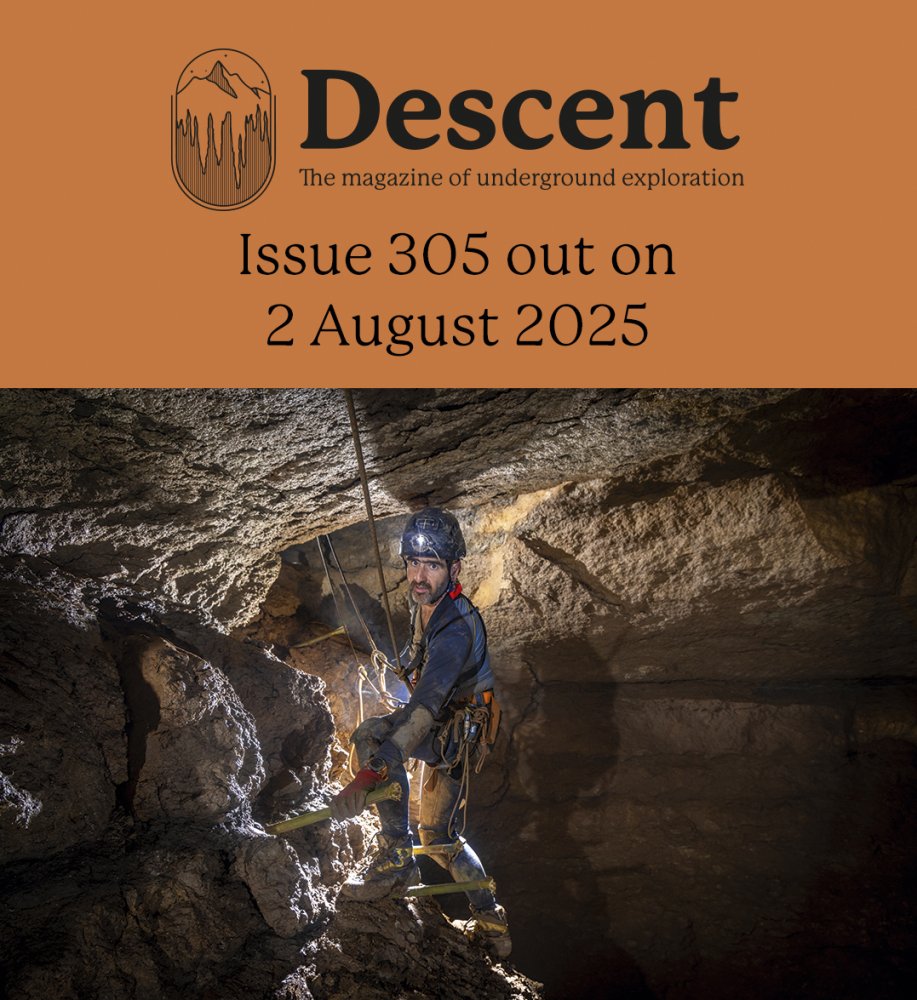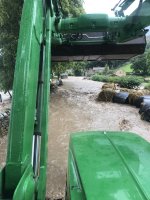It wasn't my generation (I was just a very young child at the time) but I know a lot of people who are still around and active on the caving scene who lost six very good friends in that flood. Some of them go up there every year. There's also a great many locals in the dale who remember it. I tend to agree with Lankyman that if it's going to be done, it must be done well - and sensitively. However, information about the accident will never "disappear" - there's a great many contemporary accounts in caving publications which will always bear testamant to the magnificent effort to try to save those six cavers. There are audio recordings available by people who were directly involved in the rescue effort and also at least one documentary in existence.
There are lots of examples on You Tube of how video coverage of such tragedies should not be done. The people who produce them don't seem to spare a thought that loved ones or close friends are likely to see these videos, which often reduce the tragic stories of how fellow human beings lost their lives to the status of trivial entertainment. Some of them are just awful.
Please understand; I've no reason to suspect that those interested in making this film aren't going to make a good job of it. But what could be the possible negative effects on the caving community? Will it underline how "dangerous" caving "is"? (In which case I hope it slips under BCA's insurers' radar.) Would it influence the ability for cavers to visit in the future? (Think carefully about this latter point.) I'm perhaps not the only caver who is at least a bit wary of such a project.




